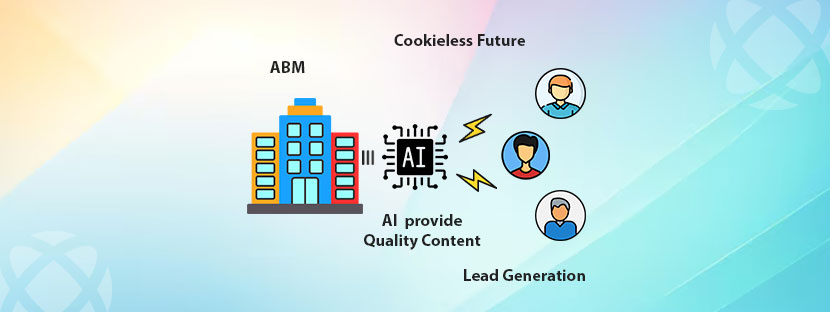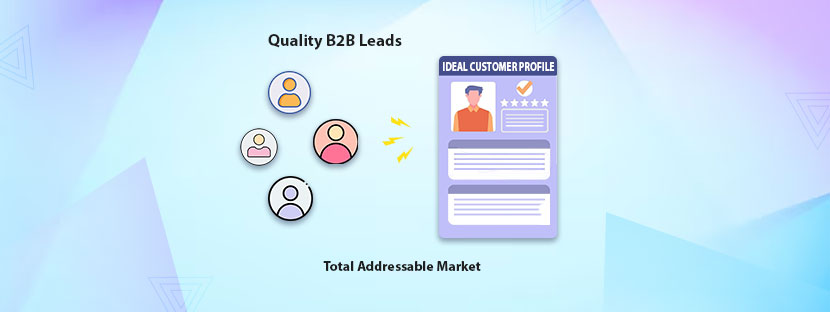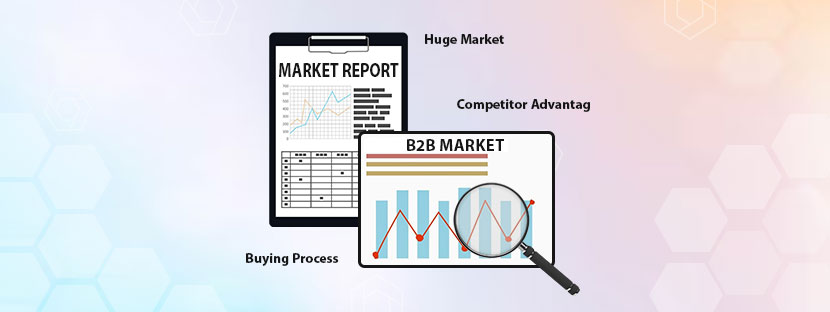Lead generation in B2B is the most important step in the sales funnel. However, over the years, strategies for lead generation have changed at a faster rate due to technological advancements. Many companies are not taking enough measures to adapt to the changes.
Amid this, observing the B2B lead generation trends and keeping an eye on the market in general is needed for survival. Hence, this blog aims to dig out the latest trends detected in B2B lead generation in a comprehensive manner.
Let’s get started!
Future of lead generation
Marketers now have access to different tools and technology to generate leads. In the future, these tools will perform more work too. The capacity of the companies to generate quality leads will increase.
Personalization of marketing content will reach its peak. Organizations that seek more targeted ways to reach leads will do more. However, personal relationships and word-of-mouth referrals will never go out of style in the coming years.
Biggest B2B lead generation patterns to observe
Cookieless future
The old third-party cookie collection is now in the declined mode. Collecting first-party data has become a matter of attention at this moment in B2B operations. With time, data privacy laws are getting stricter to control privacy violations.
Companies are now following first-party strategies to get legally compliant. Collecting leads is not a one-time process, as businesses keep themselves engaged in the process for a long time.
Website traffic contains anonymous visitors and known visitors. If you can split the visitors into two categories and analyze how many forms are getting filled by new users, you can get some real insights. This will help you capture the website traffic patterns and build up your new marketing strategies.
Account-based marketing (ABM)
Account-based marketing has reported 87% higher returns compared to other marketing strategies. It focuses on the sales and marketing efforts to specific target accounts rather than generic leads. Basically, companies can convert their ideal customers with this approach. It also helps companies focus on the main thing rather than other unnecessary things that lead to nothing in return.

Personalized outreach is at its peak
Account-based marketing is based on personalized marketing methods. Here, companies have to find out the accounts (prospects) that are most likely to buy. You can go for 1:1 marketing by sending personalized emails to your targeted accounts. Plus, it also helps display ads to your targeted audience and helps better conversion.
Further, companies are sharing the CRM of the targeted audience with the sales team to make the follow-up process smooth. It helps companies to remain consistent across all touchpoints, which could lead to smoother marketing operations.
Intent-based lead generation
Understanding the intention of the customers can significantly reduce the complexity of the B2B space. Intention-based lead generation helps identify and engage prospects who have shown interest before they interacted with your brand. This model allows your brand to attract high-quality leads rather than just checking for random leads.
Development of intent scores
Based on the level of interest in the prospects’ behavior, companies are scoring each lead. To score leads, data comes from website engagement, content consumption, search queries, and other various data points. Based on the data, this model helps companies assign scores to each prospect to prioritize outreach.
These things are considered a major factor when scoring the leads.
To assess your leads, all you need is a strong data processing support. A professional company can help you assess your leads to provide you with lead scores. It will become easy for you to maintain and track your prospects with complete control.
Popularity of customer data platforms increased
Customer Data Platforms (CDP) can integrate your prospects’ information from your website, CRM tools, and other data sources. It helps unify your customer profile to provide a complete view of each prospect for further assessment. These platforms help you proactively engage with your prospects and lead you better conversions.
Generative AI
Not only in lead generation, but generative AI is transforming every aspect of B2B operations. From marketing emails to detailed blogs, generative AI can produce content that is too custom for a specific audience. According to various reports, more than one-third of businesses have already started using generative AI for content creation.
Generative AI meets quick business demands for creating content. More than that, it can quickly customize the content and help marketers produce a wide range of content. It keeps the content funnel ready and keeps the flow consistent. Besides content, Generative AI can draft a message for all channels. Basically, it can help you both in inbound and outbound campaign performance.
However, it is debatable whether AI can produce authoritative content ot not but it can save time at a massive scale. Over the years, the output of generative AI will get more polished and creative. Companies are using it for lead generation efforts, producing quality content quickly, and to automate some of the messaging functions.
Modern buyers want transparent communication
B2B has changed a lot over years, and authenticity has become the value that is helping this segment to move further. Trust factors come from authenticity. If the brand is authentic then the prospect can resonate with it. More than 90% of the buyers accepted that they want to engage with the content that is coming from a brand they already know as well as trust.
Whenever you communicate with your audience, try to maintain integrity. Take you limitations seriously and speak about it. In content delivery, skip the buzzwords and put it straight. Incorporate feedback whenever possible to keep the communication going on.











